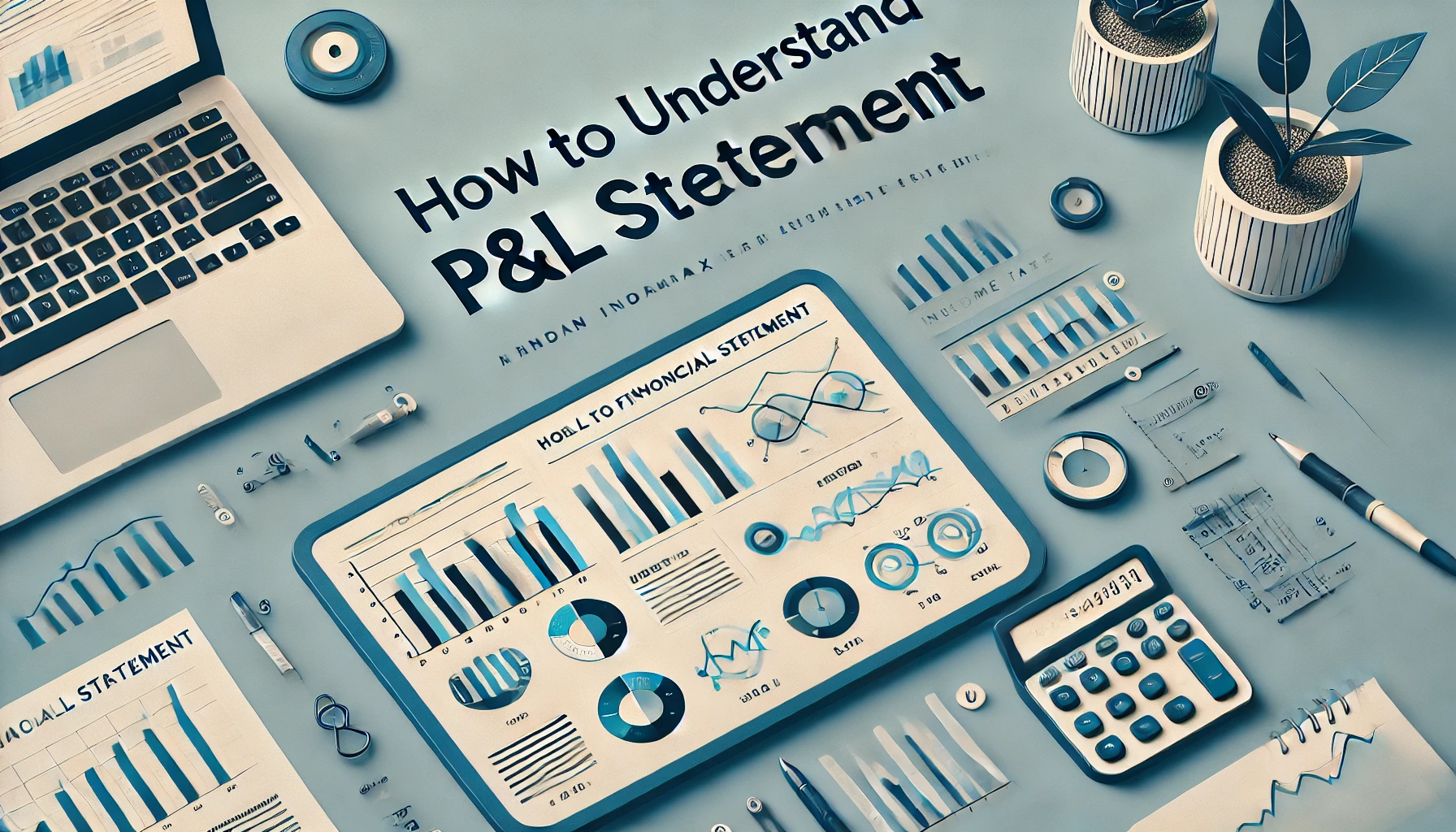Tax planning is an integral part of financial management that every taxpayer should consider. Whether you are an individual, a professional, or a business owner, tax planning helps you organize your finances efficiently and reduce tax liabilities within the framework of the law. While tax planning is essential, how frequently it is done can significantly impact the overall outcome. This brings us to two approaches: Periodic Tax Planning and Annual Tax Planning.
This article explores the differences between these two methods, their advantages and disadvantages, and provides insights into which one may be more suitable for your financial situation.
Understanding Tax Planning
Before diving into the periodic versus annual debate, it is essential to understand what tax planning entails. Tax planning is a process that evaluates various tax-saving tools, exemptions, deductions, and rebates allowed by the Income Tax Act. It helps individuals and businesses optimize their taxable income while complying with the law.
Tax planning can be divided into two categories:
- Short-Term Tax Planning: This is a tactical approach aimed at achieving immediate savings by taking advantage of certain tax deductions or benefits.
- Long-Term Tax Planning: This focuses on strategies that will benefit taxpayers over multiple years, such as retirement planning or investing in tax-efficient instruments.
Both types of tax planning can be applied either periodically or annually, depending on the taxpayer’s approach.
What Is Periodic Tax Planning?
Periodic Tax Planning refers to planning and reviewing tax-saving strategies at regular intervals during the financial year. The intervals could be quarterly, half-yearly, or monthly, depending on the individual’s financial goals and tax obligations. This method emphasizes continuous monitoring and timely adjustments to ensure that tax-saving opportunities are maximized throughout the year.
Benefits of Periodic Tax Planning:
- Proactive Adjustments: With periodic planning, you can adjust your investments and expenses in response to changing financial situations, market trends, or policy updates. This proactive approach allows you to avoid a year-end scramble to meet your tax-saving goals.
- Efficient Cash Flow Management: Reviewing your tax planning regularly helps in better cash flow management. For instance, you can distribute investments across the year instead of making large lump-sum payments toward the end of the financial year, reducing the burden on your finances.
- Timely Utilization of Deductions: Tax laws often change, and new deductions or exemptions may become available mid-year. Periodic planning allows you to take advantage of these changes immediately rather than waiting for the next financial year.
- Avoiding Penalties: Taxpayers who fail to comply with advance tax requirements or other obligations may face penalties. Periodic planning helps you stay on top of your obligations and avoid potential fines.
Drawbacks of Periodic Tax Planning:
- Time-Consuming: Periodic planning requires regular attention to detail and time spent reviewing financial statements, tracking changes in tax laws, and adjusting strategies. It can be demanding for individuals with busy schedules.
- Frequent Adjustments: If not managed carefully, frequent changes in tax strategies can lead to confusion or unintentional errors, particularly if multiple tax-saving instruments are being utilized.
What Is Annual Tax Planning?
Annual Tax Planning involves reviewing your tax-saving strategy once a year, typically at the end of the financial year. This approach focuses on assessing your income, investments, and expenses to ensure compliance with tax laws and maximize available deductions and exemptions.
Benefits of Annual Tax Planning:
- Simplified Process: Annual planning is straightforward, as it involves a single assessment of your income, investments, and liabilities. This approach is ideal for those who prefer minimal interference with their day-to-day activities.
- Easy to Implement: With annual planning, you only need to focus on your tax-saving strategy once a year. This can reduce the time spent on financial management throughout the year, freeing up resources for other pursuits.
- Suitable for Simple Financial Profiles: For individuals with stable income and straightforward financial portfolios, annual planning is often sufficient. The simplicity of their finances may not require constant adjustment, making an annual review enough to meet tax obligations.
Drawbacks of Annual Tax Planning:
- Last-Minute Rush: One of the significant disadvantages of annual planning is the tendency to leave tax-saving investments or decisions until the end of the financial year. This often leads to a last-minute rush, which may cause poor investment choices or missed deductions.
- Lack of Flexibility: Annual planning doesn’t allow for immediate adjustments to tax strategies based on changes in financial circumstances or tax laws. By the time the year-end review is conducted, it may be too late to take advantage of tax-saving opportunities.
- Cash Flow Strain: If you are making large investments or claiming deductions at the end of the financial year, it can strain your finances, as you may need to make lump-sum payments to meet your tax-saving targets.
Key Differences Between Periodic and Annual Tax Planning
1. Frequency of Review
- Periodic Tax Planning involves multiple reviews and adjustments throughout the year, allowing for real-time updates to strategies based on current financial needs and tax laws.
- Annual Tax Planning is a once-a-year review, typically conducted at the end of the financial year.
2. Flexibility
- Periodic Planning is more flexible, allowing you to adjust your tax-saving strategies in response to unexpected financial changes or new tax laws.
- Annual Planning offers less flexibility since it involves making adjustments once a year, which may lead to missed opportunities.
3. Cash Flow Management
- Periodic Planning helps in distributing tax-saving investments throughout the year, easing cash flow management.
- Annual Planning may result in a financial strain, as it often requires making large lump-sum investments at the end of the year to claim deductions.
4. Time Commitment
- Periodic Planning requires ongoing attention, regular reviews, and time investment throughout the year.
- Annual Planning is more time-efficient since it involves a single review, making it a less demanding option for busy individuals.
5. Penalty Avoidance
- Periodic Planning helps in ensuring compliance with tax laws, such as advance tax payments, minimizing the risk of penalties.
- Annual Planning can expose you to penalties if obligations like advance tax payments are overlooked during the year.
Which Approach is Right for You?
Choosing between periodic and annual tax planning depends on several factors, such as the complexity of your finances, income stability, and personal preference.
Opt for Periodic Tax Planning if:
- Your income fluctuates throughout the year, such as in the case of freelancers, business owners, or professionals.
- You have a complex financial portfolio with multiple sources of income, investments, and liabilities.
- You want to stay proactive and take advantage of emerging tax-saving opportunities throughout the year.
- You are subject to advance tax payments and want to avoid penalties.
Opt for Annual Tax Planning if:
- Your income and financial situation are stable, with minimal fluctuations or changes throughout the year.
- You prefer a straightforward approach with minimal time investment in financial management.
- You have a simple tax profile, and the standard deductions and exemptions cover most of your tax-saving needs.
Tools and Resources for Effective Tax Planning
Whether you choose periodic or annual tax planning, having the right tools and resources can make the process easier and more efficient. Here are some useful tools:
- Income Tax Calculators: Use online tax calculators to estimate your taxable income and the amount of tax payable for the financial year.
- Investment Planners: Several financial websites offer investment planning tools that help you calculate returns, tax savings, and risks associated with different investment options.
- Personal Finance Apps: Apps like Mint, Walnut, and ET Money help track expenses, manage investments, and monitor tax-saving goals in real time.
- Professional Advice: Consulting a financial advisor or a chartered accountant (CA) can provide tailored tax-saving strategies and help you stay compliant with changing tax laws.
Conclusion
Both periodic and annual tax planning offer unique advantages and drawbacks. While periodic planning allows for greater flexibility, real-time adjustments, and efficient cash flow management, it also requires more time and effort. On the other hand, annual planning is simpler and less time-consuming but may lead to missed opportunities or last-minute tax-saving investments.
Ultimately, the best tax planning approach depends on your financial situation, income stability, and personal preferences. Whether you prefer to take a proactive stance with periodic reviews or simplify your tax management with an annual check-up, the key to successful tax planning lies in understanding your financial goals and making informed decisions.

ITR 1 vs ITR 2
Filing your Income Tax Return (ITR) accurately is crucial for every taxpayer in India, and …

What Is Tax Loss Harvesting?
Tax loss harvesting is a strategy that allows investors to reduce their taxable capital gains …

What Is Form 12BB?
Form 12BB is a vital document in the Indian taxation system that employees need to …

Short-Term Vs Long-Term Capital Loss
Investing in various assets like stocks, real estate, or mutual funds can lead to capital …

Section 80D of Income Tax Act
Health insurance is not only essential for safeguarding your well-being, but it also offers tax-saving …

Senior Citizen Saving Scheme
The Senior Citizen Saving Scheme (SCSS) is a government-backed savings scheme specifically designed to provide …

Income Tax on Profit from Commodity Trading in India
Commodity trading has become a significant part of financial markets in India, providing investors with …

Income Tax Benefit with the NPS Scheme
The National Pension System (NPS) is a government-sponsored retirement savings scheme in India designed to …

What Is Cost Inflation Index (CII) In India?
The Cost Inflation Index (CII) is a crucial concept in Indian taxation, particularly when calculating …

Understanding How Income Tax is Levied on Stock Market Transactions
The Indian stock market has become an increasingly popular avenue for individuals looking to grow …

Investment Options under NPS
The National Pension System (NPS) is a government-sponsored retirement savings scheme that allows individuals to …

How to Start Contributing to Your PPF Account?
The Public Provident Fund (PPF) is a government-backed savings scheme in India that offers tax …

Tax incentives for startups in India
The Indian startup ecosystem is one of the fastest-growing in the world, attracting both domestic …

Periodic vs Annual Tax Planning
Tax planning is an integral part of financial management that every taxpayer should consider. Whether …

How to Do Tax Planning for a Higher Salary?
Tax planning is crucial for individuals with higher salaries in India. As income increases, so …

How to Understand P&L Statement
A Profit and Loss (P&L) statement, also referred to as an income statement, is one …

What is the Kakeibo Method?
Managing personal finances can be challenging, especially in today’s fast-paced world, where expenses quickly pile …

What is Angel Tax?
In India, the startup ecosystem has seen tremendous growth over the past decade. Entrepreneurs and …

Difference Between TDS and TCS
In India, tax collection plays a critical role in the functioning of the government. To …


















